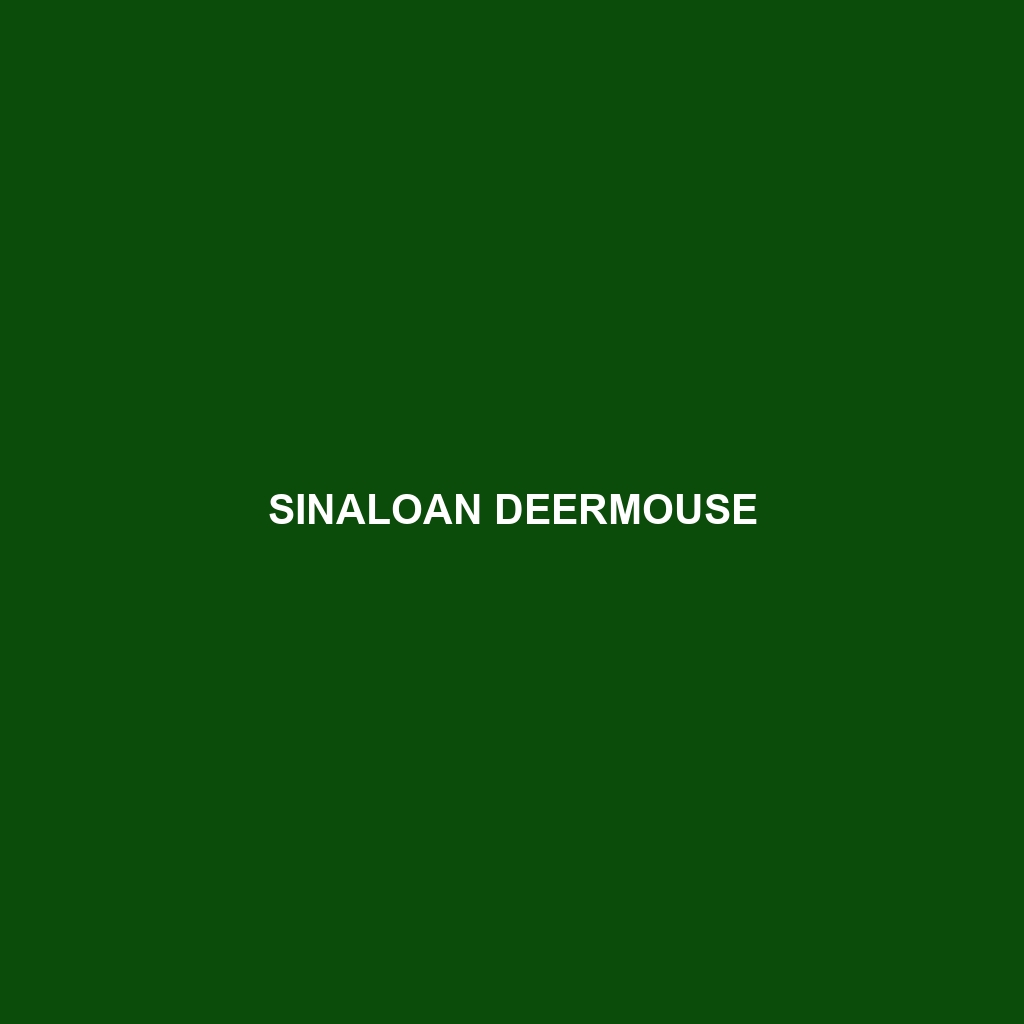Santa Cruz Deermouse: An Overview
Common Name: Santa Cruz Deermouse
Scientific Name: Peromyscus maniculatus
Habitat
The Santa Cruz Deermouse primarily inhabits the coastal scrub and oak woodland regions of Santa Cruz Island, located off the southern coast of California. This species prefers areas with dense understory vegetation and is often found in habitats that offer ample cover and food resources. The unique ecological conditions of Santa Cruz Island, including its varied topography and microclimate, create an ideal environment for the Santa Cruz Deermouse.
Physical Characteristics
The Santa Cruz Deermouse is a small rodent, typically measuring about 7 to 10 inches in length, including its long, hairless tail. This species is characterized by its soft fur, which is generally light brown or gray on the dorsal side, transitioning to a white underbelly. The Santa Cruz Deermouse possesses large ears and prominent black eyes, features that enhance its sensory perception, especially during nocturnal activities.
Behavior
Santa Cruz Deermice are primarily nocturnal, showcasing an array of behaviors that adapt to their night-time lifestyle. They are known for their agile movements and are often observed foraging for food after dusk. They are social creatures that exhibit a range of vocalizations to communicate with each other, particularly during mating seasons or territorial disputes. Their burrowing behavior is also notable, as they create complex tunnel systems to evade predators.
Diet
These mice are omnivorous, with a diet primarily consisting of seeds, fruits, and insects. They have been observed foraging on the ground and climbing shrubs to access their food sources. The Santa Cruz Deermouse’s feeding habits are crucial for seed dispersal, playing an important role in maintaining the health of their ecosystem.
Reproduction
The reproductive cycle of the Santa Cruz Deermouse typically peaks in the spring and summer months. A female can give birth to 2-6 offspring after a gestation period of about 24-28 days. The young are altricial, meaning they are born hairless and blind, and require parental care for several weeks before becoming independent. Notably, maternal care is highly involved, with mothers actively defending their nests against potential threats.
Conservation Status
The Santa Cruz Deermouse has been classified as a vulnerable species due to habitat loss and predation from invasive species. Conservation efforts are in place to monitor populations and restore habitats, as maintaining their ecological existence is critical for the island’s biodiversity.
Interesting Facts
One fascinating aspect of the Santa Cruz Deermouse is its ability to adapt to environmental changes. Research suggests that this species may exhibit different physical characteristics based on habitat variations on Santa Cruz Island. Additionally, they are known to be excellent jumpers, which aids in their escape from predators such as hawks and snakes.
Role in Ecosystem
The Santa Cruz Deermouse plays an essential role in its ecosystem as a seed disperser and a prey species for larger animals. By contributing to seed dispersal, they facilitate plant growth and regeneration, promoting healthy vegetation on the island. Their presence is a vital component of the ecological balance, underscoring the need for their conservation.
